FSMA
USP's new Food Fraud Database aims to help with FSMA
The redesigned database is meant to provide brand protection, increase consumer trust.
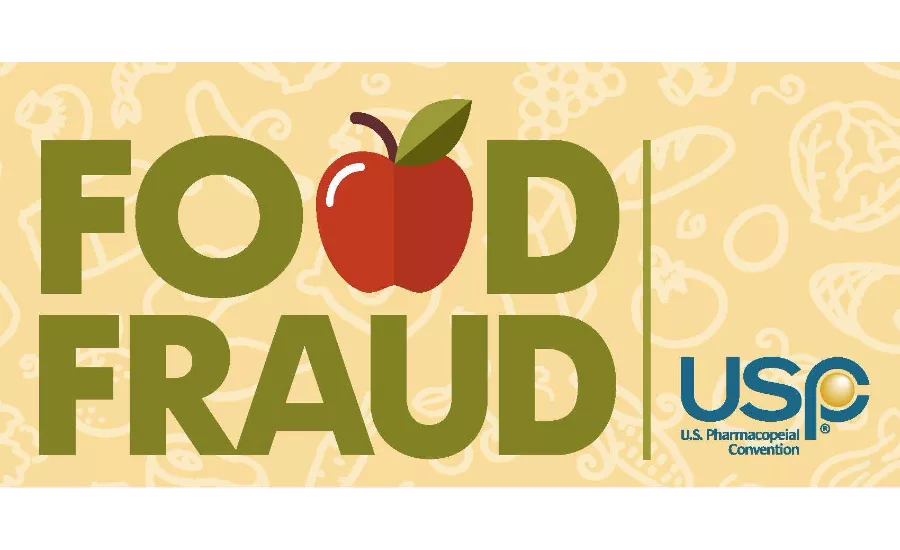
The U.S. Pharmacopeial Convention (USP) has launched the next generation of its Food Fraud Database (FFD 2.0).
Its goal is to help food manufacturers and retailers make informed decisions about ingredients in their portfolio that may have a greater potential of being adulterated.
The database is meant to provide brand protection, increase consumer trust and support new food safety regulations recently finalized by FDA.
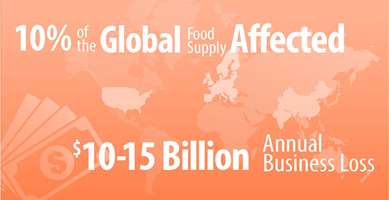
Food Fraud causes billions in damages
Food fraud, also referred to as economically-motivated adulteration (EMA), is a global economic and public health problem, costing industry an estimated $10-$15 billion annually and affecting as much as 10 percent of the global food supply.
“Consumers today are more educated than ever, and manufacturers risk doing irreparable damage to their brands as a result of food fraud,” says Todd Abraham of Mondelēz Int’l and member of USP’s board of trustees. “The Food Fraud Database 2.0 provides food manufacturers with the ability to look at past incidents of fraud and take proactive steps to protect their supply chains — thus protecting their reputation and ensuring consumer confidence in their products.”
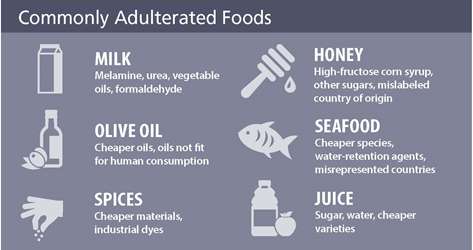
FSMA help
Another advantage of USP’s FFD 2.0 is that it supports compliance with new FDA regulatory requirements related to food safety.
The Food Safety Modernization Act (FSMA) requires food manufacturers and retailers to identify and analyze potential hazards including those resulting from EMA as part of their food safety plans.
The FFD 2.0 provides hazards reports on specific adulterants, making it easier for manufacturers and retailers to quickly identify ingredients with a known history of adulteration with potentially hazardous substances.
The Global Food Safety Initiative (GFSI), an industry-driven initiative providing guidance on food safety management systems, has similar requirements to conduct food fraud vulnerability assessments and develop control plans.
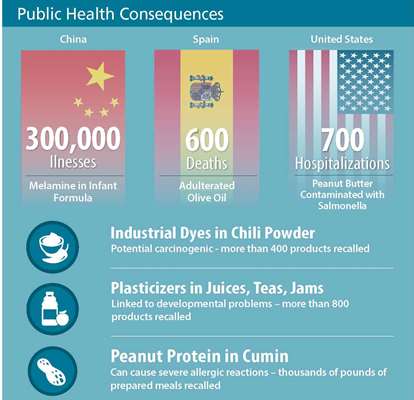
Common substances used to adulterate food
“Substances used to adulterate food can include industrial dyes, plasticizers, allergens, or other substances not intended to be consumed by people,” says Jeffrey Moore, science director for the food program at USP. “Smart mitigation of risks starts with reliable data, and the Food Fraud Database 2.0 is a first good step towards assessing the hazards potentially present in specific food supply chains.”
This update of the database — considered the largest collection of food fraud records in the world — includes not only thousands of ingredients and related adulterants, but also incident reports, surveillance records and analytical methods gathered from scientific literature, media publications, regulatory records, judicial records and trade associations around the world.
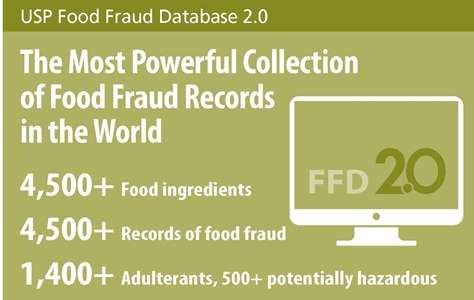
New features
New features in FFD 2.0 allow users to identify historical trends and vulnerabilities through a customizable dashboard, which can include automatic alerts of new records of food fraud and automated analytics for ingredients of interest.
“With data informed by scientists and food fraud experts from academia, industry and regulatory agencies, the new database offers even better coverage of the historical information on instances of food fraud,” says Jonathan W. DeVries, chair of USP’s expert committee on food ingredients.
USP’s expert committees are responsible for developing and revising USP’s quality standards and related tools, drawing upon the combined experience and expertise of their individual members.
“The best way to increase your chances of preventing the next food fraud incident in your supply chain is to make use of the database and other tools USP’s Expert Committee has worked on to fight food fraud in a more holistic approach. These resources together offer manufacturers and retailers an arsenal of tools to protect their brand, comply with the regulations and increase public confidence,” says DeVries.
For more information on the FFD 2.0 and other food fraud prevention tools, including standards, training and advising services, visit the Food Fraud website.
Looking for a reprint of this article?
From high-res PDFs to custom plaques, order your copy today!







